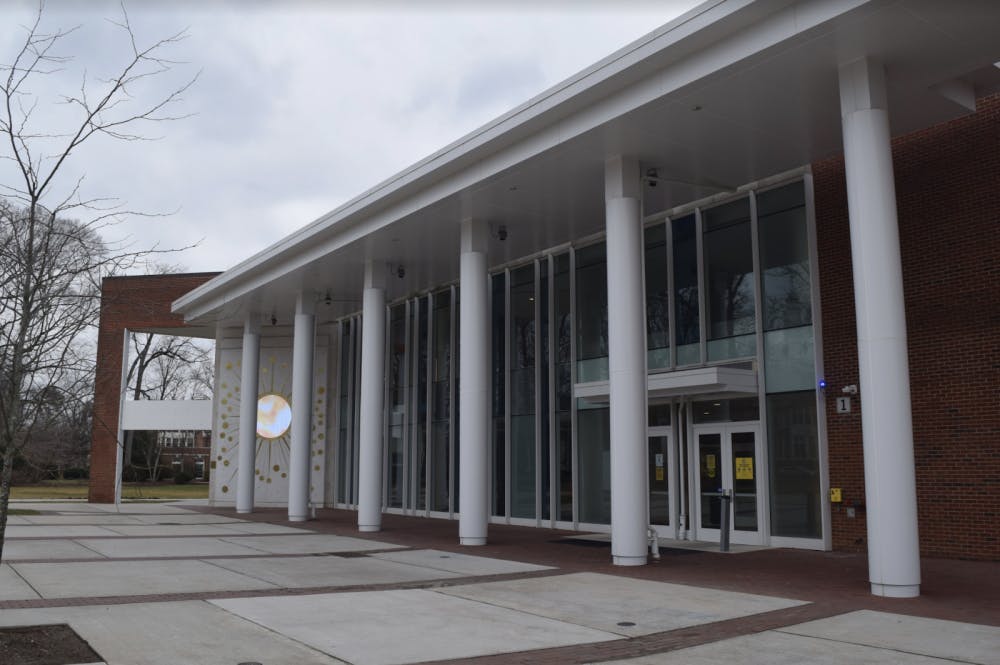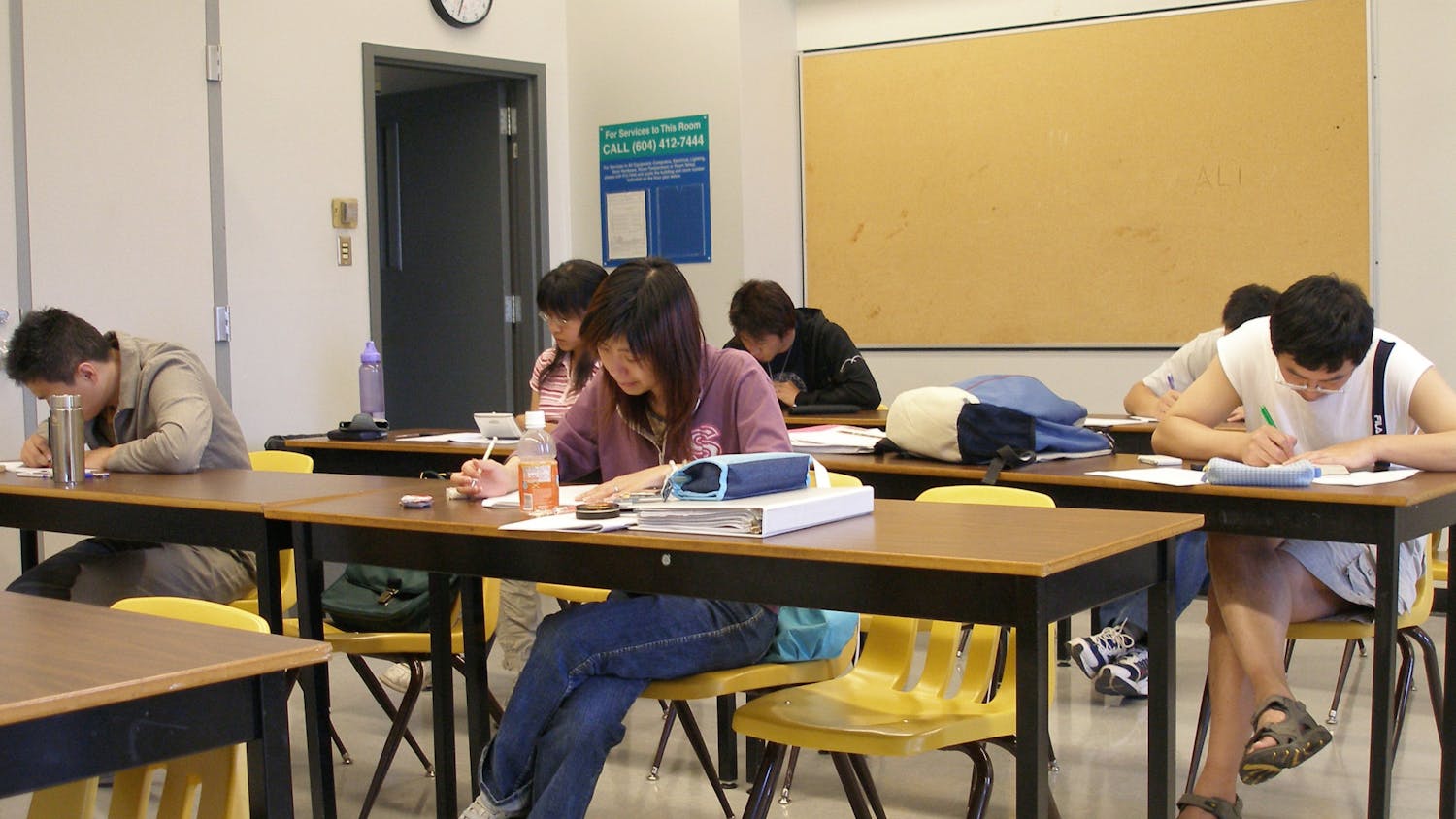By Rishi Shah
News Editor
President Foster’s email early on Feb. 28 regarding the number of positive student cases over the past ten days was astounding to say the least. While many were taken aback by the number of cases and close contacts, it was the mention of a possible “shelter-in-place” that struck me the most.
While the importance of safety measures and testing cannot be downplayed, the College’s current measures to prevent the spread of Covid-19 border on highly extreme and questionable in effectiveness. Already on a tight leash, students on campus would suffer immensely from a “shelter-in-place” that would fail to address the root cause of the recent spike in cases.
For starters, the litany of offenses that constitute getting “documented” are laughable. With acts such as “hallway games” (a highly arbitrary and confusing description) and conversing in the hallway (socially distanced and with a mask on, of course) liable to a review by the College’s Covid-19 review board for violations of school policy, it is easy to forget that one is indeed at college.

On top of that, while the attitude is applaudable, it is clearly doing nothing to stop the spread of Covid-19. If anything, the drastic measures implemented are leaving students with no options on campus, forcing them to resort to riskier off-campus activities.
The closing of the R. Barbara Gitenstein Library at 6 p.m. and the Brower Student Center at 4 p.m. on weekends — arguably the only relevant places on campus this semester — has led to a drought of activities available to students.
After a year of being at home and finding no alternative here besides staying in your dorm room after 8 p.m., it is not so surprising to see students going off-campus to find other things to do. It is disheartening to see President Foster admonishing students for not being responsible, when it is the very actions of the College that are pushing students to engage in risky behavior.
To receive this email and read that students will be punished for the rise in cases by being even further restricted in their activities with a “shelter-in-place” seems like a slap in the face.
The fact that access to the library, the Student Center and the fitness center “as well as other privileges would be restricted” in response to an increase in cases is incredible. Is it really a “privilege” to want to study in the only library on campus? Is it a “privilege” to want to stay active by working out in the fitness center? The revoking of such “privileges” will undoubtedly lead to students resorting to more dangerous alternatives.
Not only that, but in the words of Foster herself, the “spike in cases is directly linked to students gathering in large numbers, not wearing masks, and ignoring social distance protocols.” Why then, would it make sense to restrict access to locations like the Student Center and the library that heavily enforce social distancing if not for merely punitive reasons? There is no evidence of any cases being transmitted in these areas.
As it stands right now, students cannot meet in common lounge areas, have their suitemate over, study after 6 p.m. in the library/meet inside the Student Center past 4 p.m. on a weekend or converse in the hallway (depending on the CA).
The frustrations of students on campus is clear. No one wants cases to rise, but at the same time, it is unclear how the College’s current efforts to prevent the spread of Covid-19 are working. Rather than becoming even more punitive, they should reach out to students to understand what the real issue is.
While compliance is never going to be 100%, making an effort to understand the motivations of students and deal with them directly in crafting guidelines will ensure higher obedience. Countless students that I’ve conversed with since the email was sent have concurred that closing down “privileges” in an effort to punish students will inevitably backfire with more students leaving campus to find things to do, leading to a surge in cases. If the College’s true goal is a reduction in cases and not punishing students, they would do well to consider student feedback.
Before I conclude, I’d like to point out that one of our neighboring institutions, Princeton University has had much more success in keeping the spread of Covid-19 low. While this can be attributed to the compliance of the students at the school, I’d like to believe that students at the College are just as likely to follow rules as their peers in Princeton.
From just a cursory glance at Princeton’s Covid-19 dashboard, it can be seen that they are successfully limiting the number of cases on campus. With close to 2,900 students living on campus this semester (nearly 2.5 times the amount on campus at the College according to a Jan. 26 email from Foster), Princeton has managed to maintain a positivity rate of 0.05% with only eight positive tests in the past week.
In the same time period, the College has seen a positivity rate of 2.54% and 3.29% for those on campus specifically with 39 cases in the last seven days.

Why is Princeton doing so well? While there are likely a plethora of reasons, many of which I have no authority to speak on given my lack of epidemiology education, a major one is likely the university’s commitment to putting trust in their students by allowing for more freedom on campus with the expectation that less risky behavior will be conducted off-campus.
At Princeton, common spaces are open for students to utilize. At least eight buildings are open from 6:45 a.m. to midnight, with an abundance of locations for students to socialize safely throughout the day. Why can’t something similar be done at the College?
At the end of the day, safety comes first. Clearly, though, the College’s approach to ensuring a safe experience has not worked and has led to more harm than good. If the College truly wants to ensure a “successful and safe rest of the semester,” they should keep students in mind before proceeding with decisions like enacting a shelter-in-place that will have far-reaching and unintended consequences.







